Far from the usual narratives of revolts and escapes, this article explores a lesser-known but powerful form of resistance to slavery: enslaved individuals taking their cases to American courts to claim their freedom. Through several landmark legal cases, it unveils a forgotten facet of the struggle for emancipation.
A Slaveholding System Riddled with Contradictions
The birth of the United States occurred amid a storm of noble ideals and deeply contradictory practices. In 1776, the Founding Fathers boldly proclaimed that “all men are created equal” and that individual liberty is an inalienable right—even as they permitted, tolerated, or themselves practiced slavery. This fundamental paradox was not just moral but structural: at the heart of the new Republic, liberty and bondage coexisted in constant tension.
This ideological clash did not escape foreign observers. In 1831, two French intellectuals, Gustave de Beaumont and Alexis de Tocqueville, traveled across the United States. In their accounts, they marveled at a nation so deeply devoted to the idea of freedom yet so brutally rooted in a rigid racial hierarchy. De Beaumont famously summed up this contradiction: “so much slavery in the midst of so much freedom.” This candid, uncompromising perspective exposed what many Americans preferred to ignore or justify.
Legally, this contradiction manifested in chronic instability—laws that sometimes favored abolition and at other times reinforced the privileges of slaveholders. The industrialized North gradually abolished slavery, while the South entrenched it as an economic and social foundation. This disparity created a legal patchwork in which a person’s freedom or enslavement could hinge on simply crossing a state line.
This situation gave rise to major legal tensions. Constitutional law, intended to ensure federal unity, found itself trapped between state sovereignty and the recognition of individual rights. Loopholes, contradictions, and at times legal absurdities began to emerge. This ambiguity—though unjust—opened a breach; a crack that some enslaved African-descended people exploited with remarkable intelligence: using the tools of the law to challenge their status and assert their humanity in the very courts that had denied it.
Legal pathways exploited by enslaved people to gain freedom
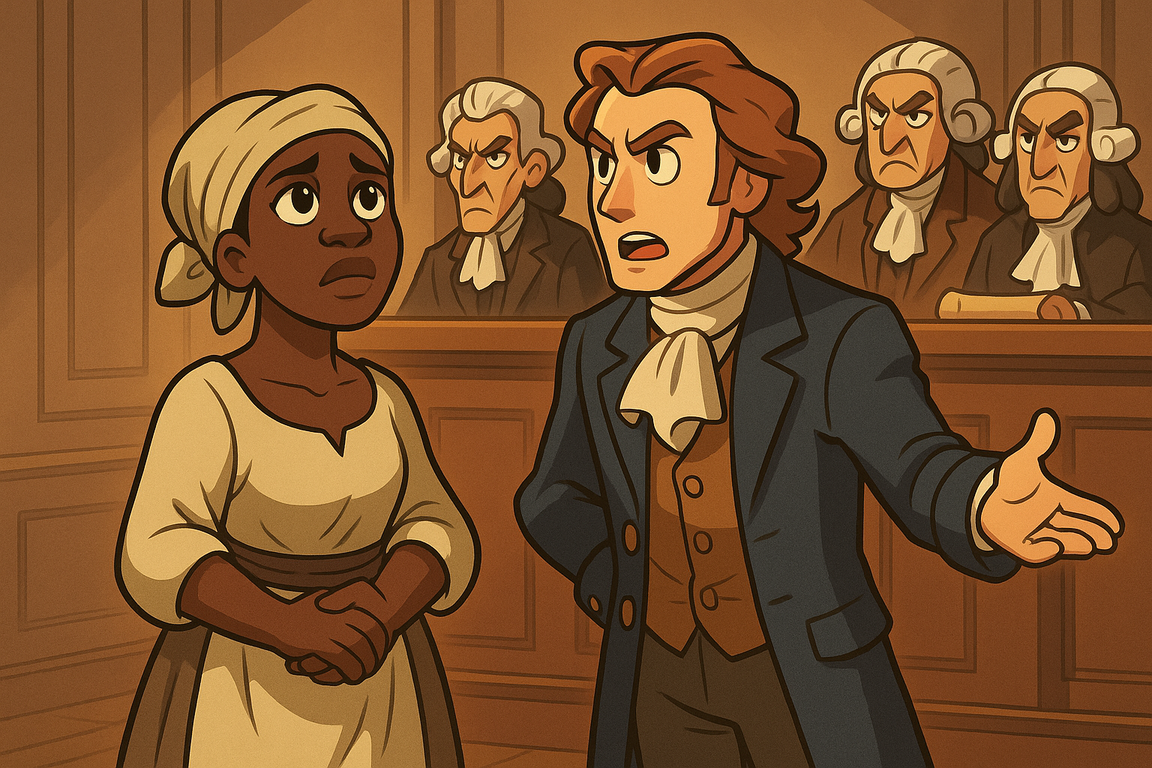
The dominant image of resistance to slavery in America often evokes violence, bloody uprisings, or daring escapes to free states. These heroic and dramatic acts have shaped public memory. Yet another form of resistance—quieter but equally subversive—developed in parallel: the use of the law. By exploiting the loopholes in the American judicial system, some enslaved individuals sought (and sometimes achieved) freedom in court.
This strategy, known as suing for liberty, involved enslaved individuals filing civil lawsuits against their owners, challenging the legality of their enslavement. It might seem improbable in a country whose economy relied heavily on human exploitation. And yet, it proved effective enough that some states later attempted to shut it down through restrictive legislative reforms.
In many cases, these lawsuits were not pursued alone. Abolitionists, progressive lawyers, and sympathetic individuals lent their voices and expertise to the plaintiffs. Their involvement was often crucial, as the language of the law, the cost of legal procedures, and political hurdles made such efforts extremely risky. Lawyers like Theodore Sedgwick, who brilliantly defended Elizabeth Freeman (known as Mumbet) in 1781, played a vital role in translating an enslaved person’s private rebellion into a solid legal argument.
But beyond external support, it was the plaintiffs themselves who were the true architects of this form of resistance. Simply filing a lawsuit—publicly challenging the established order and daring to claim one’s dignity through the founding texts of a still-forming nation—was an act of exceptional courage. They understood that the law, even built on hypocritical or selective principles, could contain the seeds of their own liberation. This strategic inversion—using the masters’ laws against them—was a profoundly political and intellectually daring act.
Of course, not all lawsuits resulted in freedom. Many were dismissed, judges were biased, appeals exhausted. But each attempt added a stone to the edifice of resistance. Each case became a potential precedent, a signal to society and history: even in chains, the Black man would not remain silent. He would speak through the very mechanisms the system claimed to deny him.
Landmark Case Studies
To fully grasp the impact and reach of legal recourse as resistance, it is essential to examine specific cases. These individual stories—often forgotten or sidelined in dominant historical narratives—powerfully illustrate the clarity, resilience, and ingenuity of enslaved African-descended people within the American legal system.
1. Elizabeth Freeman (Mumbet), 1781 – Massachusetts
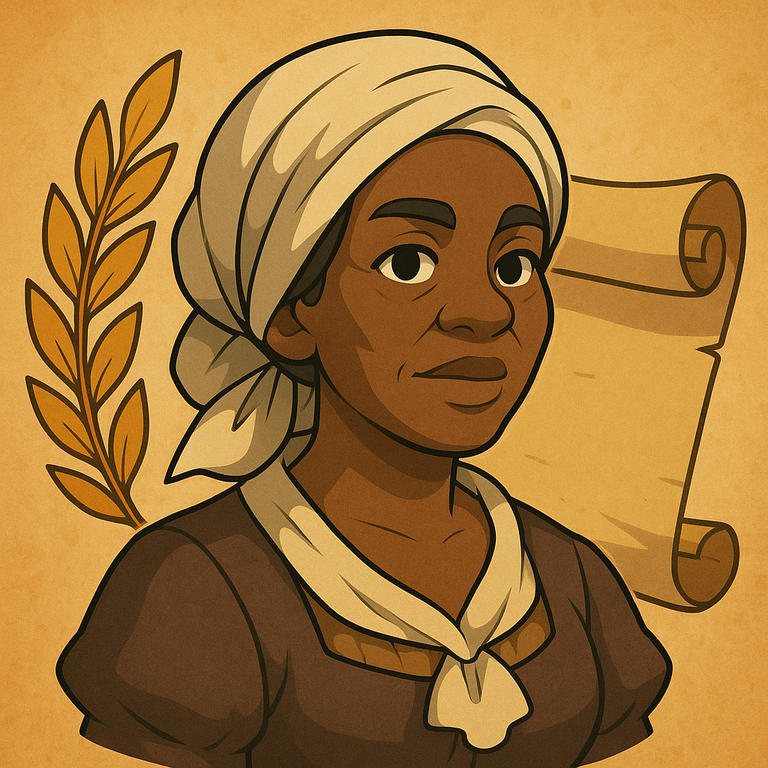
Elizabeth Freeman’s case remains one of the most powerful embodiments of legal resistance to slavery. A domestic slave in Massachusetts, born around 1744 under the name Bet, she exemplified the strategic intelligence and moral courage that some enslaved individuals used to challenge their condition through legal means.
After hearing a public reading of the Massachusetts Constitution of 1780—particularly its first article affirming that “all men are born free and equal”—Elizabeth realized the power that document held. After sustaining an intentional injury while protecting another servant from her mistress’s violence, she decided to use her body as evidence of her treatment and the law as leverage for her freedom.
She sought out lawyer Theodore Sedgwick, then a young man influenced by abolitionist ideals. According to family tradition, she told him:
“I am not a dumb creature; can the law give me my freedom?”
Impressed, Sedgwick agreed to represent her. To circumvent legal restrictions on women at the time, another enslaved man, Brom, was added to the case to strengthen its legitimacy.
The case, Brom and Bett v. Ashley, was heard in August 1781 before the Berkshire County Court of Common Pleas. Sedgwick and his colleague Tapping Reeve argued that the newly established constitutional principles made slavery incompatible with state law. The jury agreed: Bett was declared free, as was Brom. The master, John Ashley—a local notable and legal professional—initially considered an appeal but quickly dropped it, likely realizing this ruling had opened an irreversible breach in the legal right to slavery in Massachusetts.
Elizabeth Freeman became one of the first African-American women to obtain her freedom through a lawsuit, and one of the most significant symbols of the nascent abolitionist movement in New England. Refusing to return to her former master, she entered the service of the Sedgwick family, not as a slave, but as a paid employee, helping raise several generations. She gained a reputation as a respected midwife, healer, and advisor.
She is buried in the Sedgwick family vault in Stockbridge—a unique resting place for a Black woman in 18th-century white society. Her case set a legal precedent for the Quock Walker v. Jennison decision in 1783, which effectively ended slavery in Massachusetts.
Freeman’s legacy lives on: statues, shelters for battered women, children’s books, and television series commemorate her. W.E.B. Du Bois, who claimed her as an ancestor, viewed her as a foundational pillar of Black dignity. Through her clarity and bravery, Mumbet rejected enslavement not through escape or violence, but by an enlightened reading of the very words the young Republic had yet to live up to.
2. Josephine vs. P.A.C., 1846 – Louisiana
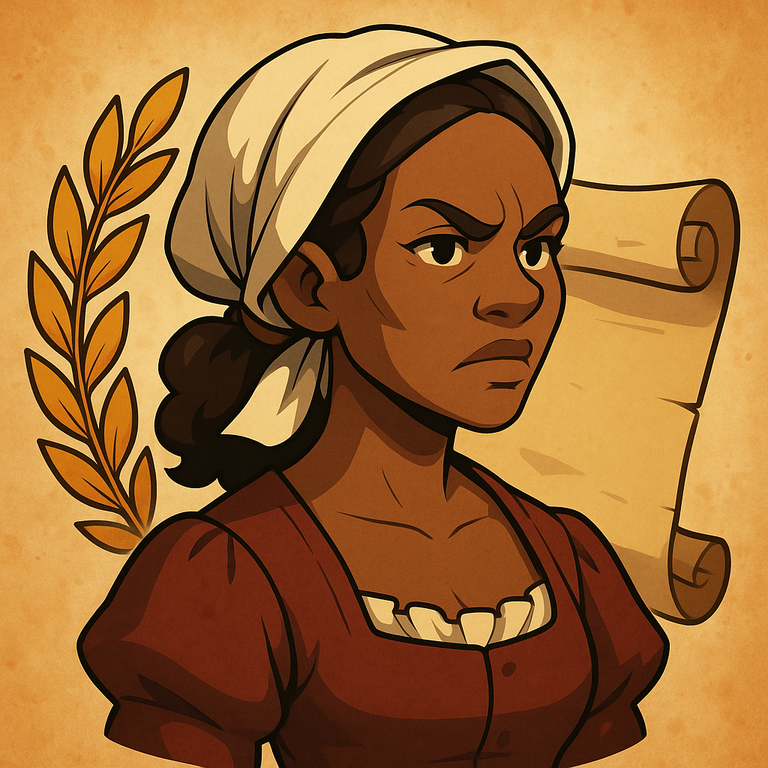
The case of Josephine vs. her master, known as Josephine vs. P.A.C., illustrates another form of legal resistance—one rooted in strategic awareness of the legal contradictions within the American system. This was not an isolated act of defiance, but a brilliant example of how some enslaved individuals navigated the tensions between slave and free states to claim their right to freedom.
Josephine, an enslaved woman in New Orleans, was taken in 1841 by her master to several northeastern states, including New York and Pennsylvania—territories where slavery had long been abolished. There, she lived for several years on legally free soil, which, under the Free Soil principle, could have changed her status. Upon her return to New Orleans, she was once again considered a slave. However, a crucial legislative change had occurred in the meantime.
In 1846, Louisiana passed a law aimed at preventing enslaved individuals from using temporary stays in free states to claim emancipation. This law explicitly sought to close a legal loophole that some slaves and their allies had begun to exploit. But Josephine had the foresight to point out that her stay in free territory had occurred before this law was enacted. She sued her master, arguing that her freedom had already been acquired prior to the legislation that attempted to block such claims.
The trial court sided with her, prompting the master to appeal. The case went to the Louisiana Supreme Court, not known for its progressiveness. Nevertheless, Judge George Eustis issued a remarkably clear and firm ruling. He wrote that the laws of Pennsylvania, applying to Josephine’s stay there, had definitively changed her legal status. The court concluded:
“Once her condition was fixed by the laws of Pennsylvania, she could no longer be reduced to the status of a slave. Her subsequent return to Louisiana could not restore the master-slave relationship.”
This ruling carries profound significance. On one hand, it affirmed the legal principle that freedom gained in a free state could not be retroactively revoked. On the other, it exposed a deep paradox in the federal system: the geographical mobility of enslaved individuals could drastically change their social and legal status. This ambiguity—born from contradictory laws within a single country—allowed individuals like Josephine to turn an act of submission (following a master North) into a chance for self-recovery.
It also highlights the importance of legal timing: Josephine’s success hinged on having acted before the new law took effect. Freedom, in this case, depended not just on courage or moral worth but on precise legal knowledge, timing, and procedural understanding—all of which Josephine or her allies displayed masterfully.
In short, Josephine didn’t just win a case—she proved that even deeply entrenched oppressive systems carry within them the seeds of their own undoing, provided those seeds are understood and skillfully cultivated.
3. Jenny Slew, 1765 – Massachusetts
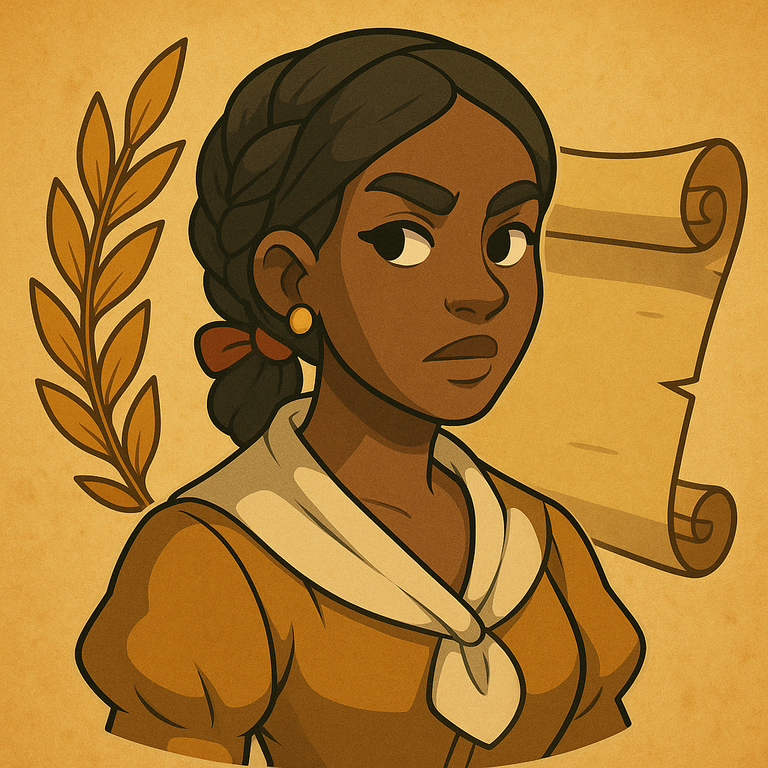
The case of Jenny Slew is among the oldest known legal actions against slavery in North America and likely the first lawsuit won by an African-American woman before a jury. Though largely absent from textbooks, her story is a powerful demonstration of Black women’s capacity to claim their freedom—even when their voices were systematically marginalized.
Born around 1719 in Ipswich, Massachusetts, Jenny Slew was the child of a mixed union: her mother, Betty Slew, was a free white woman, and her father likely an enslaved African man. This seemingly minor detail became the core of her legal argument: colonial law dictated that a child’s status followed that of the mother. Therefore, Jenny was legally free at birth—even though she had lived in ambiguous social conditions.
In 1762, at age 43, Jenny was kidnapped from her home and enslaved by John Whipple Jr. Three years later, she filed a lawsuit against him, demanding her freedom and 25 pounds in damages for unlawful detention. Her bold claim was initially dismissed by the Essex County lower court: she had filed the complaint under the name “Jenny Slew, spinster,” but the judges ruled that since she had been married to enslaved men, this title was inaccurate. The court charged her with legal fees, adding insult to injury.
But Jenny persisted. In 1766, she appealed to the Essex Superior Court of Judicature in Salem. There, her lawyer Benjamin Kent—a known abolitionist—reasserted the maternal lineage argument, proving that Jenny could not legally be enslaved. He also noted that her marriages to enslaved men were not recognized by law, which rendered her legally single and thus eligible to file a civil suit.
Faced with an all-white male jury, Whipple attempted to present a bill of sale and argue that Slew could not prove her free status. But Kent’s arguments prevailed. The jury ruled in Slew’s favor: she was declared free, reimbursed her court costs, and awarded four pounds in damages. This groundbreaking decision set a precedent for people of African descent—especially women—using colonial law to challenge their enslavement.
Notably, John Adams, the future president of the United States, likely witnessed the trial. In his journal, he mentioned a “mulatto woman suing a white man for kidnapping,” calling it the first case of its kind he had seen, while noting there were “many more.” His account supports the idea that these legal actions were more widespread than generally acknowledged.
Jenny Slew’s case shows that as early as the mid-18th century, African-descended women could not only assert their freedom but fight all the way—armed with legal knowledge, personal history, and determination. By confronting a white man before a powerful jury, Slew paved the way for a form of legal-political struggle still too little recognized today.
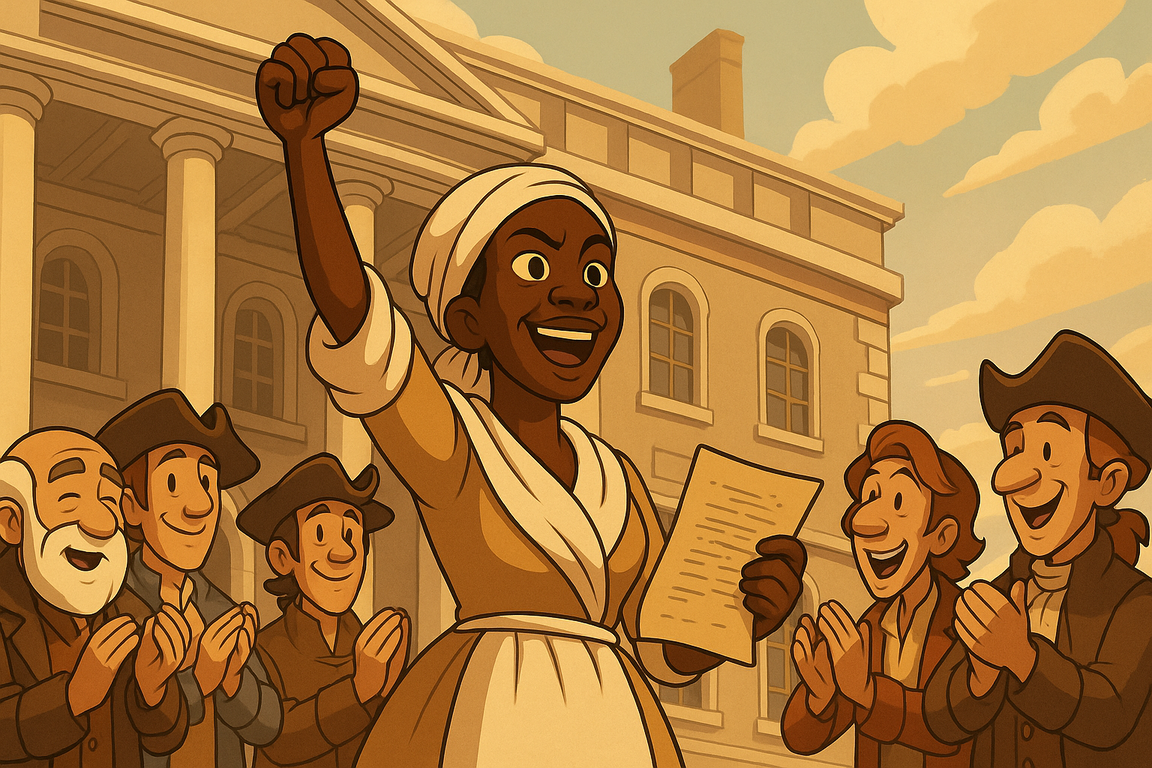
Through the stories of Jenny Slew, Elizabeth Freeman, and Josephine, this article highlights a lesser-known but essential dimension of enslaved African-descended people’s resistance in America: the strategic use of the law to claim freedom. Far from the exclusively militant or passive depictions of the enslaved, these women showed that it was possible to subvert the slaveholding order from within—relying on its own texts, contradictions, and proclaimed values.
By suing their masters, these plaintiffs forced early American society to confront its hypocrisies. They showed that the values of liberty, equality, and justice, so often espoused by the nation’s founders, could not remain empty slogans while men and women remained in chains. Through their intellectual daring, civic courage, and belief in the power of law, they planted the seeds of a moral renewal of the American social contract.
Certainly, these lawsuits did not abolish slavery by themselves. But they opened cracks, created precedents, and inspired generations. They also raised a question America has never stopped avoiding: who truly owns freedom? In their institutional silence and historical marginalization, these women nevertheless played a central role. They did not merely win their own liberty—they helped redefine what it means to be free in a country built on enslavement.
Notes and References
- Zilversmit, Arthur. “Quok Walker, Mumbet, and the Abolition of Slavery in Massachusetts.” The William and Mary Quarterly, vol. 25, no. 4, 1968, pp. 614–624.
- Freeman, Elizabeth. Entry in the National Women’s History Museum and Mass Moments, accessed May 2025.
- Piper, Emilie & Levinson, David. One Minute a Free Woman: Elizabeth Freeman and the Struggle for Freedom. Upper Housatonic Valley National Heritage Area, 2010.
- Du Bois, W.E.B. Dusk of Dawn. Transaction Publishers, 1984 [originally published 1940].
